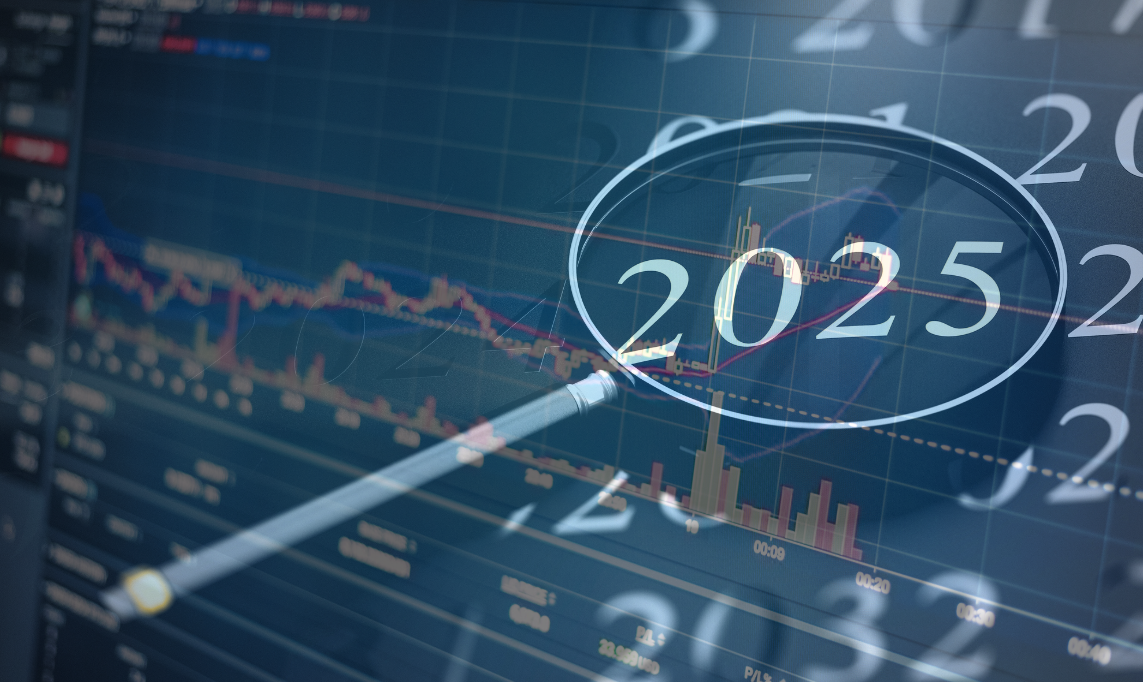
If geopolitical balances hold back the green transition
Halving emissions in 7 years looks increasingly like a pipe dream amid high rates, inflation that continues to bite, resistance from automakers and outbreaks of war that turn the spotlight on other priorities. That is why the Cop 28 draft agreement has all the appearance of a political test. Awaiting the decisive U.S. elections
You know, in the age of accelerated time and commodity information the shock effect of news passes quickly. But the fact that on Nov. 17 (just three weeks ago) the earth's average global surface temperature exceeded the pre-industrial era average by more than 2°C for the first time, surpassing the maximum threshold stipulated in the 2015 Paris Agreement, could not fail to hold headlines at the 28th United Nations Climate Change Conference (COP 28) in the United Arab Emirates.
Especially in light of the fact that the Intergovernmental Panel on Climate Change, (Ipcc, Intergovernmental Panel on Climate Change) the leading international body for the assessment of climate change, estimated in March that man-made carbon emissions (so-called "anthropogenic" emissions) must decrease by 45 percent by 2030, compared to 2010 levels, to limit the global average temperature increase to 1.5°C above pre-industrial targets.
COP 28 challenges and renewable
A goal-that of halving emissions in seven years-which increasingly seems a pipe dream in light of the fact that carbon dioxide emanations are steadily increasing and that Cop 28 reportedly fired off a new draft agreement that seems more like a political formula to test parties' reactions than an understanding of substance. This is also a consequence of the bumpy path to clean energy production. For example, material costs and interest expenses of offshore wind power producers (i.e., offshore wind) have risen. Unsatisfied power grids are limiting the spread of renewables, and progress in developing sustainable aviation fuels and alternatives to lithium-ion batteries is slow.
In addition, the renewables sector is, on the other hand, becoming mature. And so competition in the sector lowers margins for companies. Objective difficulties in storing materials persist, and there is a general inefficiency of the system in grounding projects. Therefore, the impact can only transfer to finance, which discounts the changes in advance.
Electric car, Governments and the cost of money
The electric car bubble seems to have definitely burst. Investors and automakers are trying to figure out what the future of green vehicles will be after a slowdown in the growth rate that is blamed on several factors including rising interest rates and the high cost of technology to produce them. Overall, about $1.4 trillion in market value has been wiped out in the past two years. The sharp depreciation is due to the fact that growth appears to be slowing. General Motors and Ford have both delayed electric vehicle investments and postponed sales targets.
Not only that. Global inflation, the resulting rising cost of living, and high levels of government debt have made climate change a divisive topic in international politics. And while collective consciousness remains high on the environmental issue-accompanied by recent natural disasters-there are economic contingencies that alter priorities. For these reasons, 2024 presents itself as the year of questions.
The British and Canadian governments are also slowing down on decarbonization. The fault line of military conflicts between the two blocs amplifies distrust. The resurgence of the outbreak in the Holy Land, following trench warfare in Ukraine, signals that the world is in danger of not being able to take head-on, as it should, the challenge we all face. Economic threats intersect with geopolitical and environmental threats. And they transfer to financial markets. So they begin to attach more reasonable prices to green stocks. One of the most liquid Exchange Traded Fund (ETF) indices is the iShares Global Clean Energy, a fund managed by BlackRock. It replicates the performance of a basket of about 100 companies in the renewable energy sector. The shares are down 34 percent since the beginning of the year. The same major U.S. stock index, S&P 500, has risen 16 percent, in clear dystonia with its predecessor. Private bond issues related to clean energy have also declined. In 2021, 608 billion bonds had been issued in the market, 2022 was down to $541 billion, and 2023 will close around $510 billion. Hydrocarbon companies, in contrast, posted record profits in 2022 and 2023. The large amount of cash available to the oil giants ended up encouraging mergers. Chevron and Exxon bought competitors for tens of billions of dollars.
Then the cost of money weighs in: many investments were decided at times when interest rates were close to zero. The case of France's Engie is emblematic: in the U.S. market it was forced to raise prices by 50 percent in the sale of energy to accommodate the new conditions. And then the bottlenecks on supply chains. Some materials essential to the green transition have gone up in price, but they are also struggling to be sourced. China alone produces 33% of Co2, the United States 12.5%. Beijing has begun to get serious, however, so it controls the entire renewable supply chain upstream, a geopolitical lever that worries the U.S.-Europe bloc. According to estimates by the Finnish think tank Crea, renewables installed by the People's Republic will generate more than 400 Terawatt hours per year in 2023, more than France's needs, with 200 Gigawatts of solar alone, double the operational power in the United States. The other pressing issue is flagged by the latest Ispi report. It concerns investments in developing countries: about 2.4 trillion a year is needed by 2030 to decarbonize these economies. Money that also depends on the choices of international bodies such as the World Bank. Although climate finance provided to emerging countries increased in 2021 to $89.6 billion, it has yet to meet the $100 billion per year commitment. Budget deficits around the world increased sharply during the pandemic as governments acted as "insurers of last resort."
Public debt
In 2020, government deficits averaged more than 20 percent of GDP in advanced economies. As a result, public debt reached new highs in many countries, averaging over 100% in advanced economies. Therefore, the question becomes one: can governments afford this kind of transition?
The U.S. Inflation Reduction Act committed $391 trillion over a decade. Meeting these commitments in a context of limited fiscal space and concerns about public debt sustainability will be challenging. And 2024, let us not forget, is the U.S. presidential year with the likely challenge between Trump and Biden. On who will prevail will depend the U.S. ability (and ambitions) to reduce emissions. Concern about the climate crisis should not be a polarizing issue but in the US it is. And the upcoming U.S. elections will be a decisive watershed in solving the Esg puzzle
/original/Testo+del+paragrafo+%2827%29.png)
/original/Testo+del+paragrafo+%2825%29.png)
